Straight from the world of aquatic sports to the cosmic realm.
Some 70 years later, we are still relying on air friction, heatshields, and parachutes and landing at sea more often than not. A change could boost the commercialization of LEO.
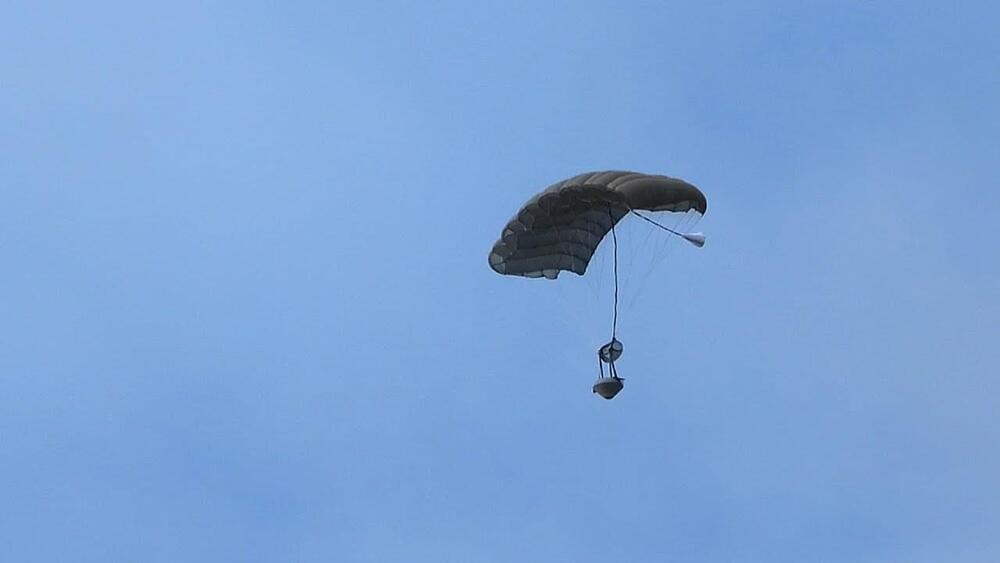
Straight from the world of aquatic sports to the cosmic realm.
Some 70 years later, we are still relying on air friction, heatshields, and parachutes and landing at sea more often than not. A change could boost the commercialization of LEO.
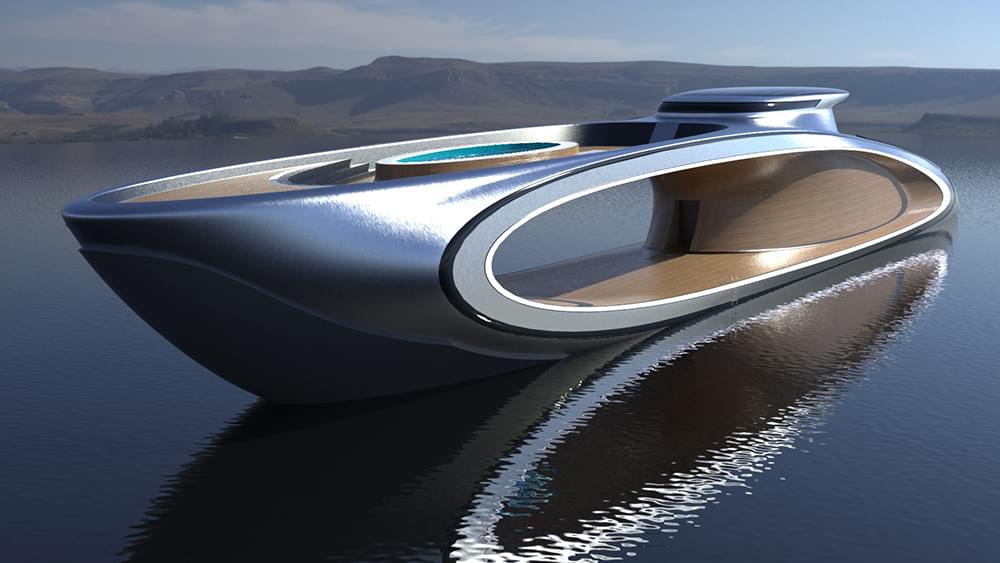
Lazzarini.
The standout feature is, of course, the arc, or “hole deck” as Lazzarini calls it, which can be customized to each seafarer’s needs. Accessible via a door at the vessel’s bow, the sprawling space is ideal for lounging and is fitted with steps down to the ocean for requisite dips.
Shape is crowned by a glass-bottom infinity pool situated on the upper deck. It allows the swimmers above to look down on those below (or vice versa). Here, you’ll also find a helipad to facilitate the comings and goings of those onboard. At the stern, meanwhile, there is a waterside beach club with a diving platform, plus a garage for toys.
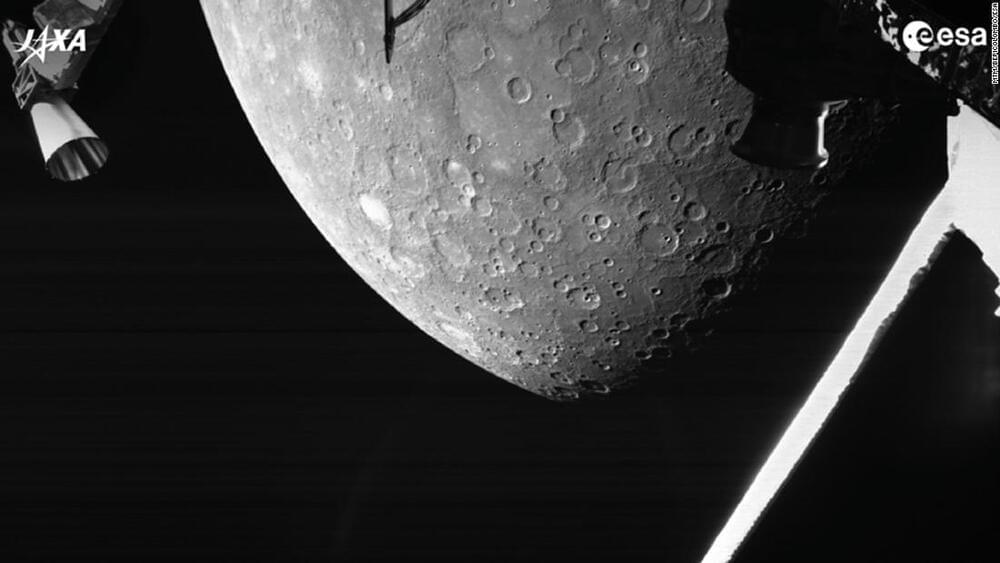
BepiColombo will fly by the planet’s night side, so images during the closest approach wouldn’t be able to show much detail.
The mission team anticipates the images will show large impact craters that are scattered across Mercury’s surface, much like our moon. The researchers can use the images to map Mercury’s surface and learn more about the planet’s composition.
Some of the instruments on both orbiters will be turned on during the flyby so they can get a first whiff of Mercury’s magnetic field, plasma and particles.

A comet so massive that it was initially misidentified as a dwarf planet is on its way in from the outer Solar System.
There’s no need to be concerned; C/2014 UN271 (Bernardinelli-Bernstein), as the comet is known, will pass just outside Saturn’s orbit. However, its large size and close proximity will provide a once-in-a-lifetime opportunity to study a pristine object from the Oort Cloud and learn more about the formation of the Solar System.
“We have the privilege of having discovered perhaps the largest comet ever seen – or at least larger than any well-studied one – and caught it early enough for people to watch it evolve as it approaches and warms up,” co-discoverer and astronomer Gary Bernstein from the University of Pennsylvania said earlier this year.
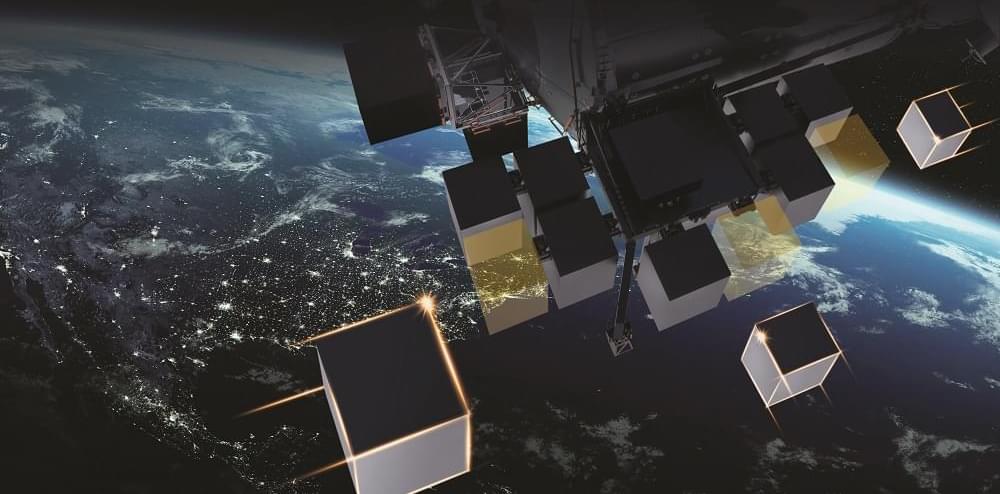
SAN FRANCISCO – Launchspace Technologies Corp., a company developing technology to capture orbital debris, is the latest space startup to seek funding on an equity crowdfunding platform.
As of Oct. 2 LaunchSpace had raised $58,351 at a valuation of nearly $49 million on Netcapital.
On the Netcapital site, LaunchSpace is heralding its recent grant from the nonprofit Center for the Advancement of Science in Space (CASIS) to support its plan to test technology for collecting orbital debris on the International Space Station.

Martian soil needs a little bacteria to house plants.
The findings were detailed in a study published Wednesday in PLOS One.
The recent experiment is a crucial step in humanity’s vision of inhabiting a planet other than Earth, addressing the need to grow plants and crops to maintain a sustainable environment.
As scientists search for a place that could potentially host humans, Mars is at the top of the list.

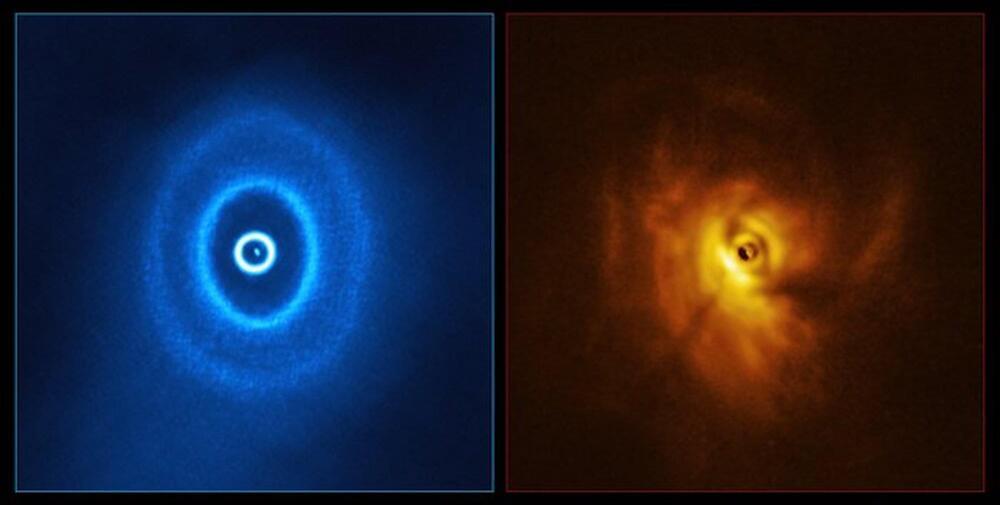
UNLV researchers and colleagues may have identified the first known planet to orbit three stars.
Unlike our solar system, which consists of a solitary star, it is believed that half of all star systems, like GW Ori where astronomers observed the novel phenomenon, consist of two or more stars that are gravitationally bound to each other.
But no planet orbiting three stars—a circumptriple orbit—has ever been discovered. Perhaps until now.
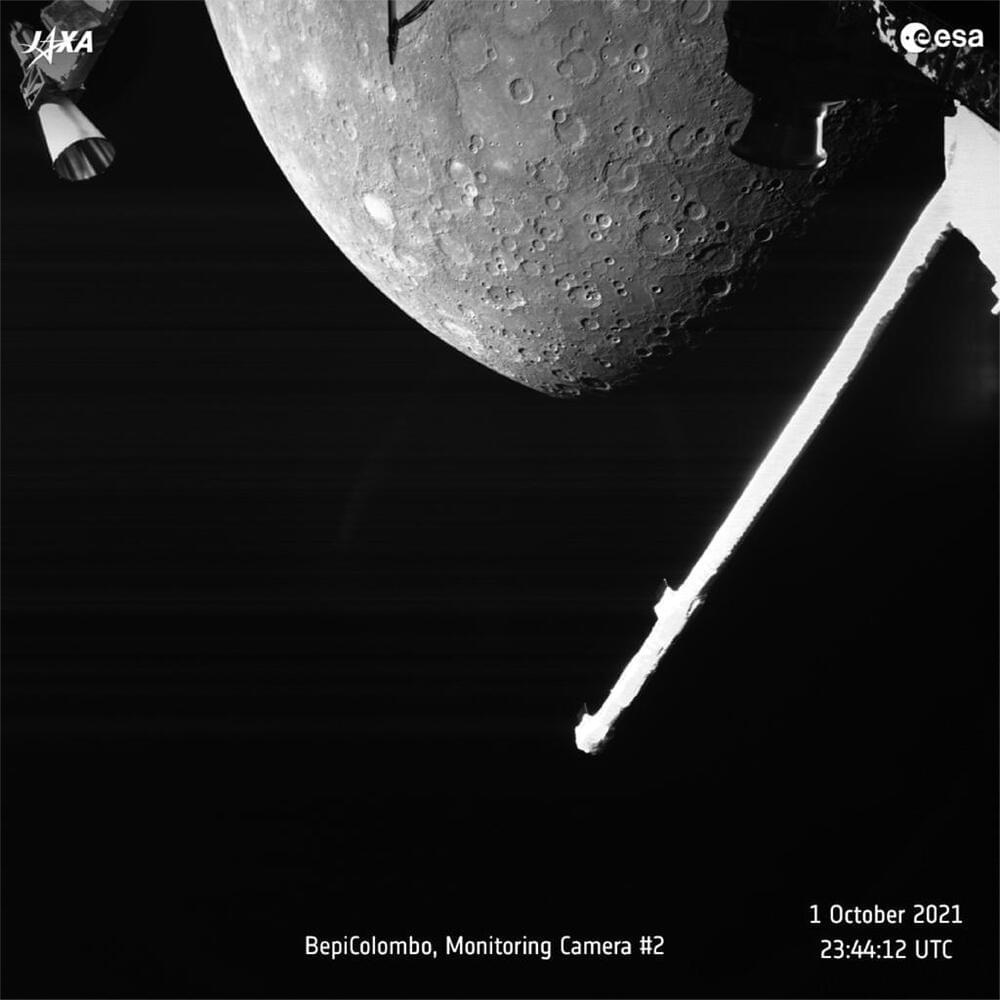
BERLIN (AP) — A joint European-Japanese spacecraft got its first glimpse of Mercury as it swung by the solar system’s innermost planet while on a mission to deliver two probes into orbit in 2025.
The BepiColombo mission made the first of six flybys of Mercury at 11:34 p.m. GMT (7:34 p.m. EST) Friday, using the planet’s gravity to slow the spacecraft down.
After swooping past Mercury at altitudes of under 200 kilometers (125 miles), the spacecraft took a low resolution black-and-white photo with one of its monitoring cameras before zipping off again.
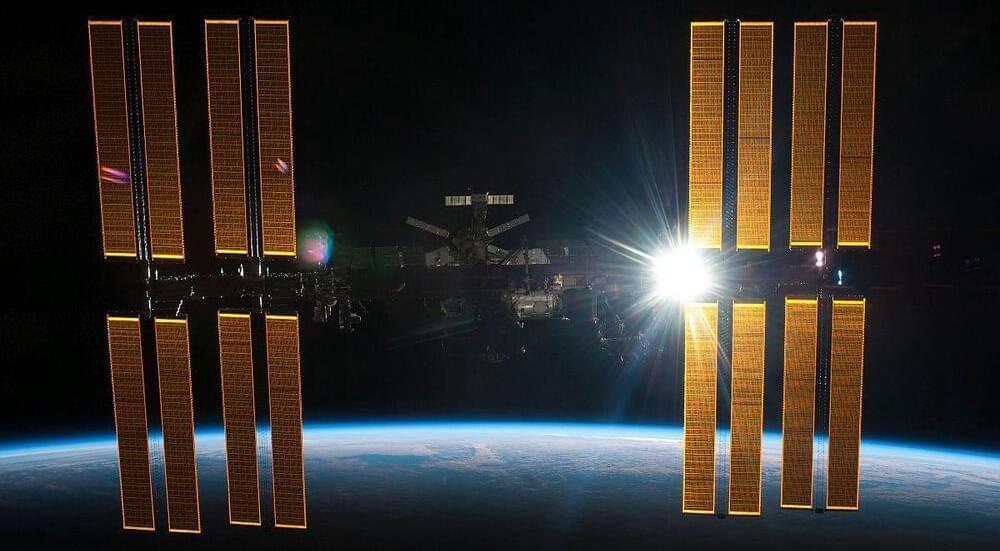
The future of space stations is uncertain once the International Space Station ends its mission — China and private industry could fill the void. — Retiring the International Space Station in the coming years presents a big void — what will be the future of space stations once the International Space Station meets its fiery death in the coming years? And SHOULD the ISS be decommissioned, or might the mission lifetime be extended?
Construction of the International Space Station (ISS), started in 1,998 was completed in 2011. Since that time, the ISS has housed travelers in space from 19 countries. Possessing the only laboratory for long-duration microgravity research, discoveries aboard the orbiting outpost have led to a bevy of new discoveries.
Now, its mission could be over as early as 2,024 as that is the time agreements between NASA and international partners comes to an end. However, on the 25 August, NASA Administrator Bill Nelson stated his support for extending the mission of the space station until the year 2030.